If you buy via any of our links, there will be no additional cost to you, and we will receive a tiny commission. More information is available on our Affiliate Disclosure page.
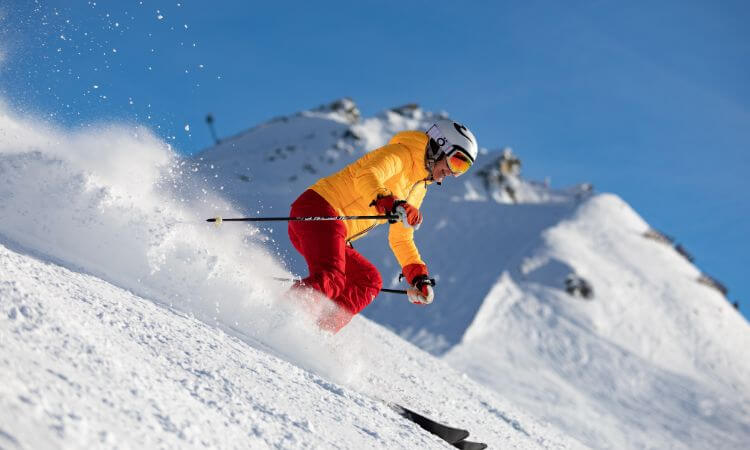
What is a Shell Jacket?
What is a shell jacket? A shell jacket comes from a durable fabric with a waterproof membrane and breathable facility that protects you from tough weather.
Shell jackets are perfect for skiing as they are made out of breathable fabrics and have features such as a hood and collar to protect you.
A shell jacket is excellent if you want a long-lasting, well-made fashionable item to keep you safe in the cold. A shell jacket can protect you from bad weather.
The inner and outer layers have a waterproof barrier that allows water vapor to escape from your body.
Shell jackets are not insulated, so they cannot keep you warm like other jackets. You can use them for clothing layers such as base layers or mid-layers.
Shell jackets are flexible and great for backpacking, hiking, camping, skiing, and mountaineering.
Shell jackets typically have a hood to protect the head and neck, adjustable cuffs and hems to keep drafts out and pockets for storage. Some shell jackets may have pit zips or vents for additional ventilation during high-intensity activities.
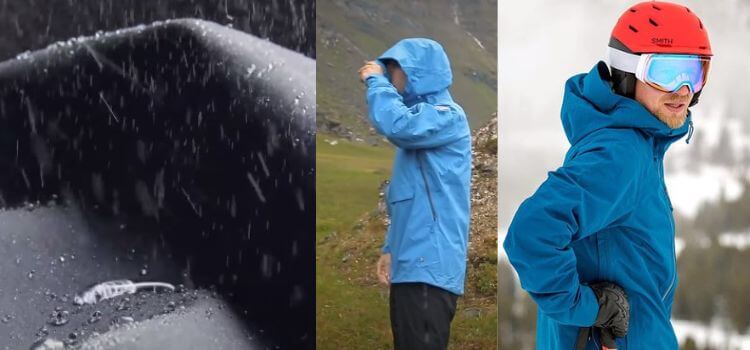
When selecting a shell jacket, keep the following points in mind:
History
The shell jacket first appeared in the late 18th century as a substitute for the dress coatee. It appeared with European armies and also the British, US, and Confederate States of America. The jacket was waist-length and made out of a light-colored fabric. It was employed during fatigue duties to protect the dress coatee from damage. For more information on the history of the shell jacket, see Wikipedia.
What is the purpose and functionality of a shell jacket?
Shell jackets aim to keep you safe and comfortable in every weather pattern. Here are a few highlights:
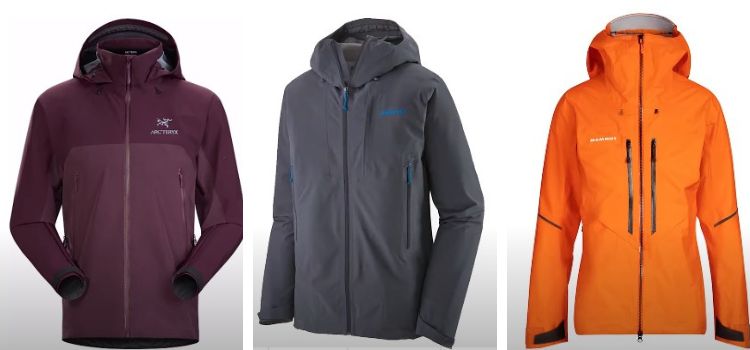
What are the main characteristics of a Shell Jacket?
It offers weather resistance, breathability, and durability. Here are some of the main characteristics of a shell jacket:
Weather protection:
A shell jacket consists of waterproof and windproof materials that keep you dry and comfortable in wet and windy weather.
Breathability:
A shell jacket must be breathable, allowing moisture and sweating to escape. It helps to maintain the body temperature and reduces the risk of overheating during physical activity.
Layering capability:
A shell jacket tends to wear over other layers of clothing, like base layers and insulating mid-layers. This flexible layering allows you to add or remove covers to adjust to changing temperatures.
Lightweight and packable:
Shell jackets are thin and packable, making them easy to carry around and store. This feature is helpful to nature lovers who seek to reduce the weight and volume of their gear while hiking, climbing, or traveling.
Shell jackets are made of durable fabrics and have reinforced seams to resist harsh outdoor use. They can endure rough terrain, abrasion, and extreme weather.
While functionality is vital, shell jackets are available in many styles, colors, and designs. These allow you to express your personality while still benefiting from the benefits of a high-performance outdoor garment.
Construction and Materials for a Shell Jacket
A shell jacket will save you from wind, rain, and snow. They are typically made of a rain-proof and airy material like Gore-Tex or eVent. Shell jackets can be defined as either hard shells or soft shells.
Softshell jackets:
Softshell jackets are a kind of outerwear that emphasizes flexibility, ventilation, and comfort. They are for activities that require high mobility in moderate weather conditions.
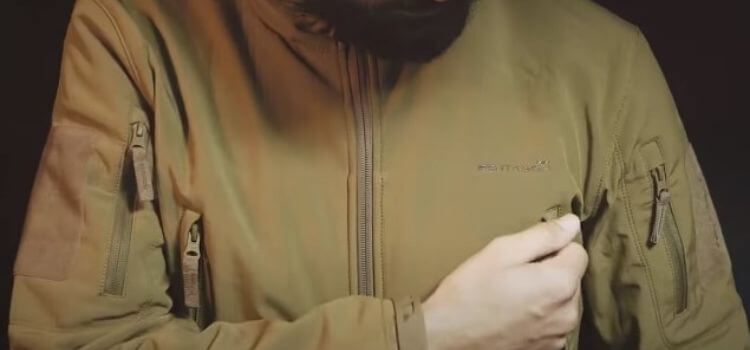
Softshell jackets may have the following key features:
Construction and Materials: Softshell jackets typically consist of elastic and airy fabrics and often a mix of nylon, polyester, and spandex. These materials offer excellent flexibility and mobility.
Weather Resistance:
Softshell jackets are not waterproof like hardshell jackets but provide some water resistance. They can catch light rain and provide wind protection but not in prolonged or heavy rain.
Breathability:
Softshell jackets have excellent breathability, allowing moisture vapor out from the inside. In high-intensity events, this feature prevents overheating and excessive sweating.
Comfort and Versatility:
Softshell jackets are known for their soft, cozy feel and easy fit. They offer sufficient warmth in moderate temperatures and can be standalone jackets or layering garments in lower temperatures.
Flexibility and Range of Motion:
Softshell fabrics’ elasticity nature allows for free movement, making them perfect for hiking, climbing, and skiing, where mobility is essential.
Hard Shell Jackets:
Hardshell jackets are safeguards against harsh weather conditions. They place a premium on durability, waterproofing, and windproofing.
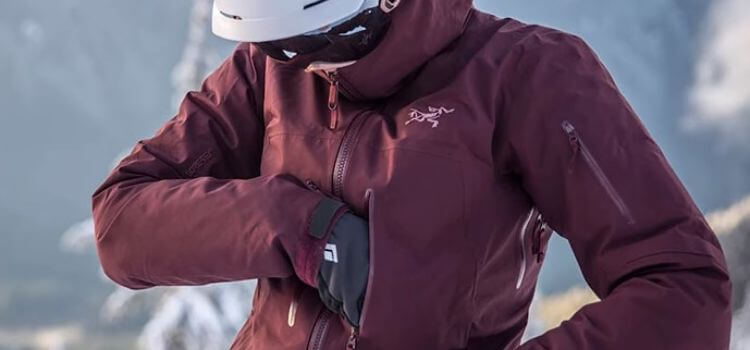
A hard shell jacket holds the following key features:
Construction and Materials:
Hardshell jackets are with long-lasting materials such as nylon or polyester. Water Resistant walls, such as Gore-Tex, are frequently used to deliver outstanding water-resistant and windproof functionality.
Waterproof and Windproof:
Hard shell jackets are highly waterproof and windproof, keeping the user dry regardless of heavy rain or snow. They have sealed edges, waterproof zippers, and a water-repellent outer fabric. They also offer more effective wind protection, preventing cold air from reaching the jacket.
Breathability:
Breathability: The ventilation differs on the design and items used. Some models may have ventilating membranes, such as pit zips, to help manage moisture and prevent overheating during vigorous workouts.
Durability and Protection:
Hard shell jackets are designed to withstand extreme temperatures and have excellent abrasion resistance. They offer reliable safety against rough terrain, sharp objects, and extended contact with bad weather.
Layering Compatibility:
Hard shell jackets tend to be worn over other layers, allowing for adjustable warmth and insulation. They allow for baselayers and insulating mid-layers, making them responsive to difficult conditions and tasks.
What is the best use of a softshell jacket?
Softshell jackets are adaptable pieces of clothing used for plenty of purposes. Usually, they are stretchy, woven fabric that’s airy and water-resistant. That makes them ideal when you need weather protection but don’t want to overheat.
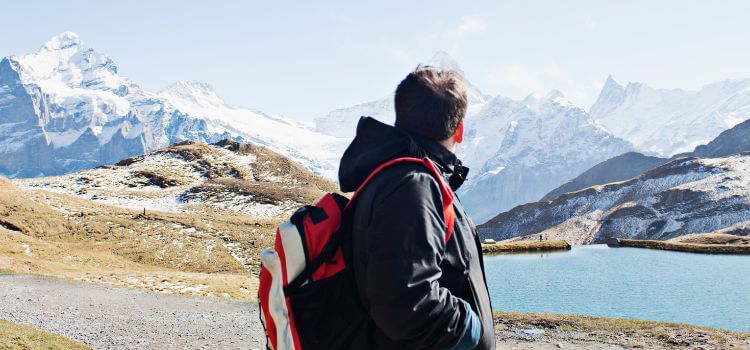
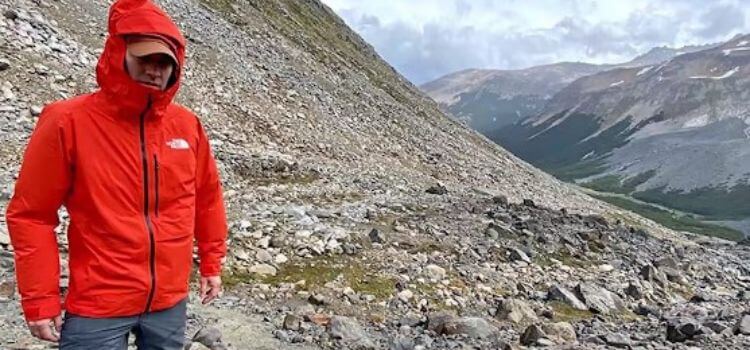
Here are a few of the best jacket-wearing purposes for softshell jackets:
Hiking and backpacking:
They are best for hiking and backpacking because they provide sufficient weather protection without being too bulky or heavy. They’re also airy, so you won’t overheat if you start sweating.
Running and biking:
They are also an effective selection when exercising and biking as they offer a good balance of airflow and protection from the cold. They’re also stretchy, allowing you to move freely without feeling constrained.
Climbing and mountaineering:
They are the best choice for mild-weather climbing and mountaineering. They are not as waterproof as a hard shell jacket, but they are more airy, which is great if you work up a sweat.
Casual wear:
They are great for informal purposes like going to the park or jogging runs. They are stylish and functional too.
Travel:
They are perfect for travel as they are lightweight and packable. They can give extra heat by layering with other clothing.
What is the best use of a Hardshell jacket?
Hardshell jackets are created for the highest weather shielding, making them perfect for adventures in inclement weather. They come with a waterproof and breathable fabric that keeps you dry and comfortable even when you work up a sweat.

Here are a few of the best purposes for hardshell jackets:
Mountaineering:
They are vital for mountaineering because they deliver actual wind, rain, and snow safety. They are also tough enough to fight mountaineering’s rigors, and they frequently include features like a helmet-compatible hood and pit zips for ventilation.
Backpacking:
They are a prominent option for backpacking since they offer crucial climate safeguarding. They’re also lightweight and packable, making them ideal for big backpacking trips.
Skiing and snowboarding:
They are widely used for skiers and snowboarders for they give necessary weather-proofing. They are also frequently fitted with features like a powder skirt and ventilation vents.
Outdoor work:
They are also an excellent option for outdoor workers as they offer vital protection from the elements. They come with durable fabrics that can survive the stresses of outdoor work, and they often come with features like reflective trim for visibility.
Hard-shell vs. Soft-shell jackets, Which type of jacket is right for you?
Look into the following factors when deciding between a hard-shell and soft-shell jacket:
Activities:
A soft-shell jacket is preferable if you want to do tasks that require a lot of action, like hiking or running. A hard-shell jacket is preferable if you need to do tasks that require shelter from the elements, such as backpacking or skiing.
Climate to wear:
If you want to wear the jacket in an icy place, a hard-shell jacket with insulation is more appropriate. If you want to wear them in a warmer climate soft-shell jacket with no insulation will be a better choice.
Your preferences:
Some people choose the technical look and feel of a hard shell jacket, while others prefer the comfort and style of a soft shell jacket. The best way to pick between a hard-shell and a soft-shell jacket is to try them each and see which one you prefer.
Here is a table for Hard-shell vs. Soft-shell jackets:
| Feature | Hardshell Jacket | Softshell Jacket |
| Fabric | Durable, water-resistant, and windproof fabric | Stretchy, breathable, and water-resistant fabric |
| Insulation | None or minimal insulation | Can be insulated or uninsulated |
| Breathability | Good breathability, but can be clammy if worn for extended periods of time | Excellent breathability |
| Durability | Very durable | Less durable than hardshell jackets |
| Weight | Lighter than softshell jackets | Heavier than hardshell jackets |
| Packability | Very packable | Less packable than hardshell jackets |
| Noise level | Noisy when moving | Quieter when moving |
| Versatility | Can be used for a variety of activities, including hiking, backpacking, camping, and skiing | Better suited for activities that require flexibility and breathability, such as hiking, running, and biking |
| Price | More expensive | Less expensive |
| Warmth | Less warm than softshell jackets with insulation | Can be warm with insulation |
| Comfort | Less comfortable than softshell jackets | More comfortable than hardshell jackets |
| Style | More technical look | More casual look |
Which type of jacket is right for you?
It can be affected by your requirements and what tasks you want to perform with it. A hard-shell jacket is the best choice for maximum weatherproofing. A soft-shell jacket is a better choice if you need a jacket that can be breathable and cozy.
Conclusion
Because of their ability to adapt to changing weather conditions, shell jackets are popular among outdoor enthusiasts, hikers, climbers, and adventurers. They are lightweight and easy to carry, making them ideal for any outdoor activity in cold weather.
Shell jackets have become more sophisticated over time, adding features such as adjustable hoods, pit zips for breathing, and multiple pockets for storage. The improvements boost their efficiency and suitability for a variety of applications.
A shell jacket is a dependable and practical choice for exploring nature’s wonders or going through the urban jungle. Its ability to safeguard against the elements while still allowing for warmth and ventilation ensures that people are safe and ready for any weather challenge that comes their way.

